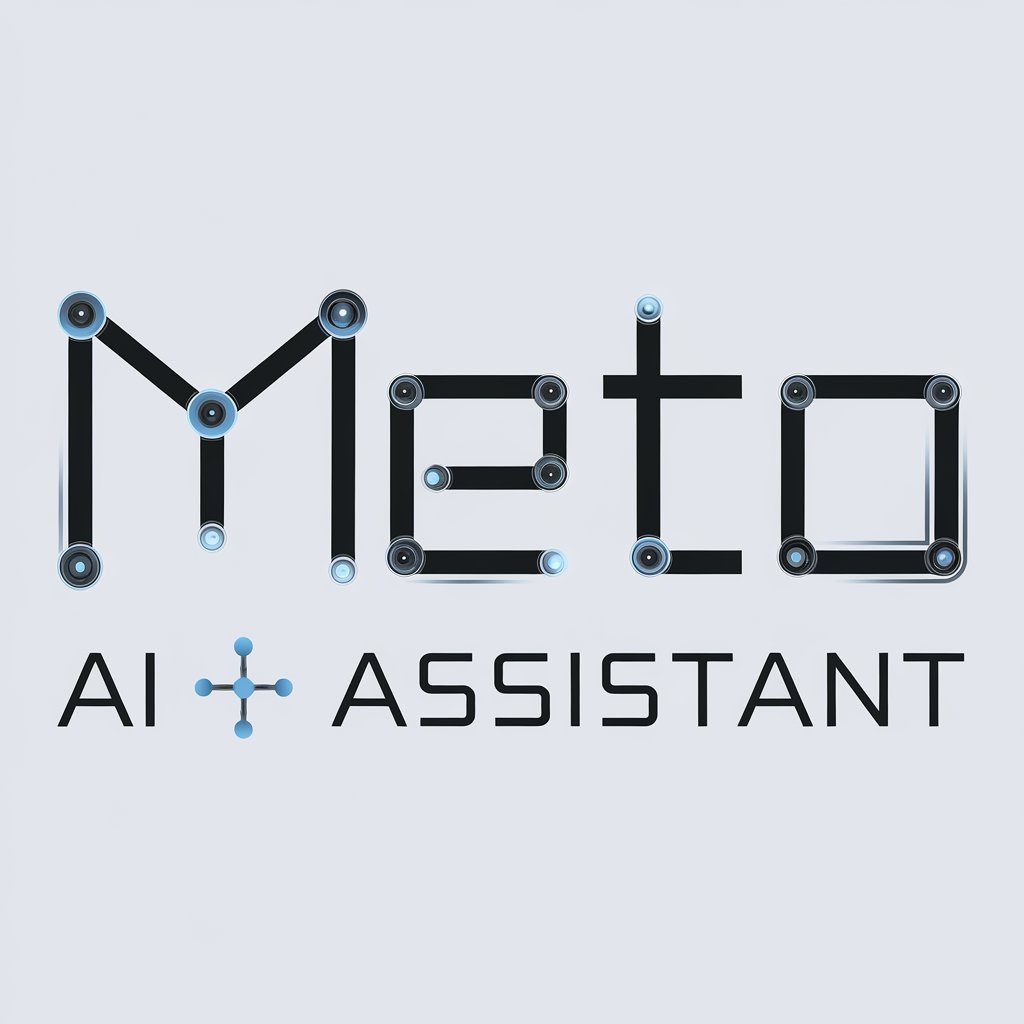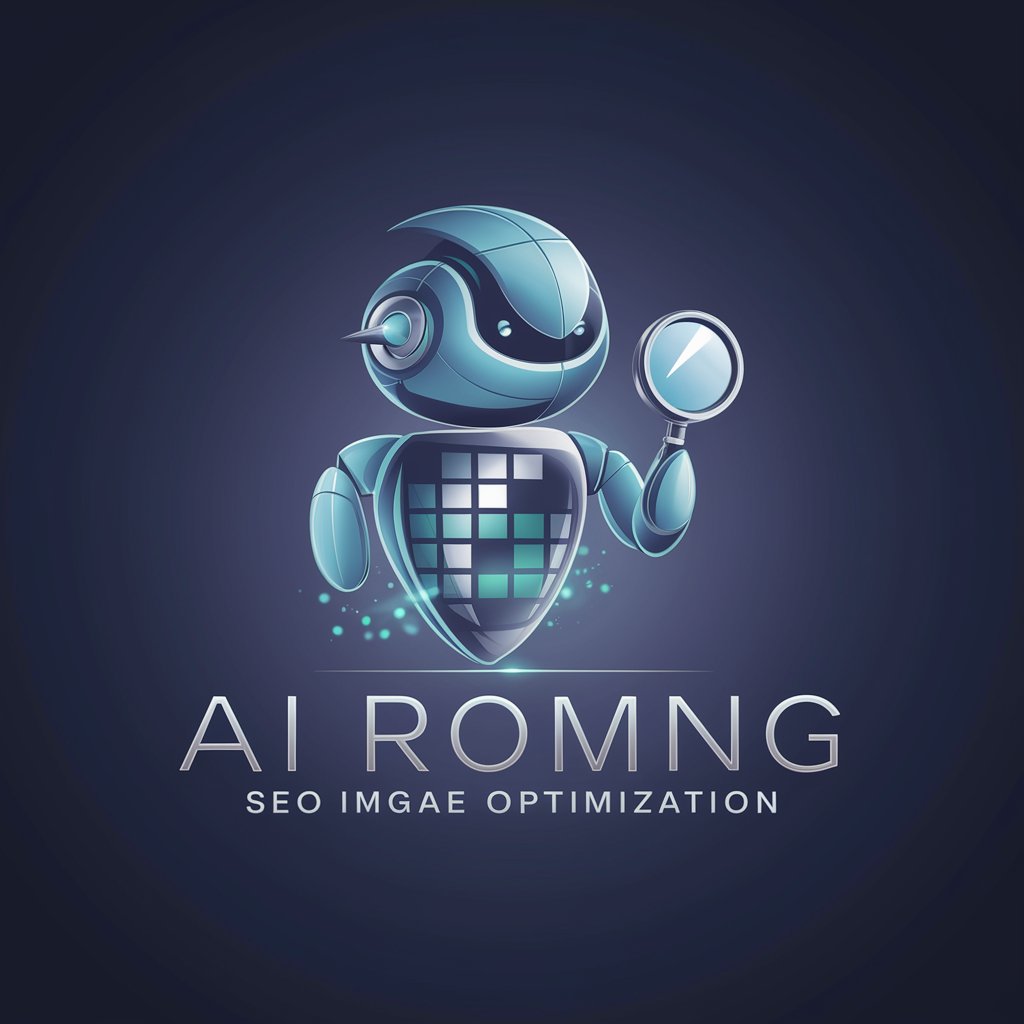
META TITLE / META DESCRIPTION-SEO metadata generator tool
AI-powered meta content tailored for SEO success

Meta TITLE / Description Generator
Enter Keyword:
Get Embed Code
Introduction to META TITLE / META DESCRIPTION
META TITLE / META DESCRIPTION is a specialized digital tool designed to generate optimized metadata for webpages, specifically focused on crafting SEO-aligned meta titles and meta descriptions. These elements play a crucial role in search engine optimization by summarizing page content for both search engines and users, directly influencing click-through rates (CTR) from search engine results pages (SERPs). The GPT has been engineered in response to the evolving standards set by Google's March 2024 core update, which emphasizes helpful, people-first, and trustworthy content. For example, a travel blog post titled 'Top 10 Hidden Beaches in Thailand' could have a meta title like 'Hidden Beaches in Thailand: Top 10 Secret Spots to Visit in 2025' and a description such as 'Discover the most serene, uncrowded beaches in Thailand for 2025. Explore local gems with travel tips, maps, and experiences.' This approach ensures alignment with Google's updated focus on content relevance, originality, and user intent.
Core Functions of META TITLE / META DESCRIPTION
Automated Metadata Generation
Example
ForMETA TITLE META DESCRIPTION a blog post about '2025 Electric Vehicle Trends', the tool generates a meta title like '2025 Electric Vehicle Trends: What's Driving the EV Market?' and a description like 'Explore key electric vehicle trends in 2025—from battery breakthroughs to policy changes influencing global adoption.'
Scenario
Used by SEO specialists managing large content libraries, saving time and ensuring all pages are indexed with compelling and relevant metadata that aligns with Google's latest ranking signals.
Keyword-Integrated Optimization
Example
Given the keyword 'best protein powders for athletes', it outputs a URL like '/best-protein-powders-for-athletes' and optimized metadata that naturally includes the keyword without keyword stuffing.
Scenario
Employed by eCommerce businesses to boost organic visibility for product or category pages by integrating high-intent keywords in a Google-compliant format.
SEO Compliance with Algorithm Updates
Example
It adapts meta descriptions to follow the principles from the March 2024 Google update, such as avoiding misleading clickbait and ensuring helpful summaries like 'Learn how these protein powders support muscle recovery, reviewed by certified sports nutritionists.'
Scenario
Vital for content marketers and SEO consultants to future-proof their websites against ranking penalties and stay ahead of algorithm changes.
Target User Groups for META TITLE / META DESCRIPTION
SEO Professionals and Digital Marketers
These users benefit from automated, keyword-rich meta tag creation that adheres to the latest algorithmic standards, significantly reducing manual optimization time while increasing accuracy and consistency across large websites.
Content Creators and Web Publishers
Bloggers, news publishers, and eCommerce store owners who regularly produce new content gain value by ensuring every piece is search-optimized from the outset, improving their chances of ranking high on SERPs and attracting organic traffic.
How to Use META TITLE / META DESCRIPTION Effectively
Step 1: Start without any login or subscription
Visit aichatonline.org for a free trial without login — no ChatGPT Plus needed. It’s open-access and ready-to-use right from your browser.
Step 2: Input your primary keyword
Identify your main keyword and enter it into the provided field. This will be used to generate SEO-optimized titles and descriptions tailored to current Google algorithm standards.
Step 3: Analyze competitor titles and descriptions
Review the SERPs (Search Engine Results Pages) for your keyword to understand how top-ranking sites craft their metadata. This helps inform what tone, length, and structure work best.
Step 4: Generate and customize
Use the tool to generate 10 Meta Titles and 10 Meta Descriptions. Edit these based on your brand tone, target audience, and content goals while ensuring keyword placement is natural and front-loaded.
Step 5: Implement and monitor performance
Apply the generated meta tagsMETA Title Description Guide on your webpage and use tools like Google Search Console to track click-through rates (CTR) and impressions. Adjust if necessary based on engagement data.
Try other advanced and practical GPTs
Live Translator: Translate Speech, Text & PDF
AI-powered translation with formatting precision
工作周报小助手
AI-powered weekly report structuring in JSON

Math & Physics 👉🏼 Algebra Calculus Stats
AI-powered step-by-step math & physics tutor

GPTea
AI-Powered Gossip, Drama, and Deep Dives

Creador de Landing Pages Ganadoras
AI-powered copy to boost conversions fast

Med School Admissions Advisor
AI-powered help for med school admissions essays.

Web Browser 2024 - Information Real Time
AI-powered tool for up-to-date insights

Homework Solver: Math, Physics, Chemistry, Biology
AI-powered solutions for every student question

翻訳くん
AI-powered translator for fast, accurate, and context-aware results.

ショート動画用画像生成メーカー
AI-Powered Visuals for Viral Shorts

ESV Bible Deep Study with Strong's Numbers
AI-powered Bible study with Strong's insight

Docker Portainer Expert
AI-powered Docker container orchestration.

- Product Pages
- Affiliate Content
- SEO Blogging
- Service Sites
- Local Listings
Common Questions About META TITLE / META DESCRIPTION
What is the primary function of the META TITLE / META DESCRIPTION tool?
This tool generates SEO-optimized meta titles and descriptions for a given keyword, aligned with Google’s latest ranking factors like E-E-A-T and the March 2024 Core Update, which emphasize people-first, original, and trustworthy content.
How does this tool align with the latest Google algorithm updates?
It reflects the March 2024 Core Update by prioritizing helpful, high-quality, non-spammy content. It avoids scaled content abuse and integrates current best practices for improved ranking and user experience.
Can I use this tool for bulk content projects?
Yes, it’s ideal for batch-generating metadata across multiple pages, especially for blogs, eCommerce, or niche sites that need consistent SEO-friendly meta elements at scale without violating Google’s spam policies.
What makes the generated meta content SEO-friendly?
Each title and description is keyword-integrated, front-loaded for relevance, and crafted with user engagement in mind — focusing on readability, clickability, and informative value.
Are there any restrictions on keyword types?
No, but the best results come from specific, intent-driven keywords. Generic or trending terms without clear value propositions may not produce high-converting metadata.






